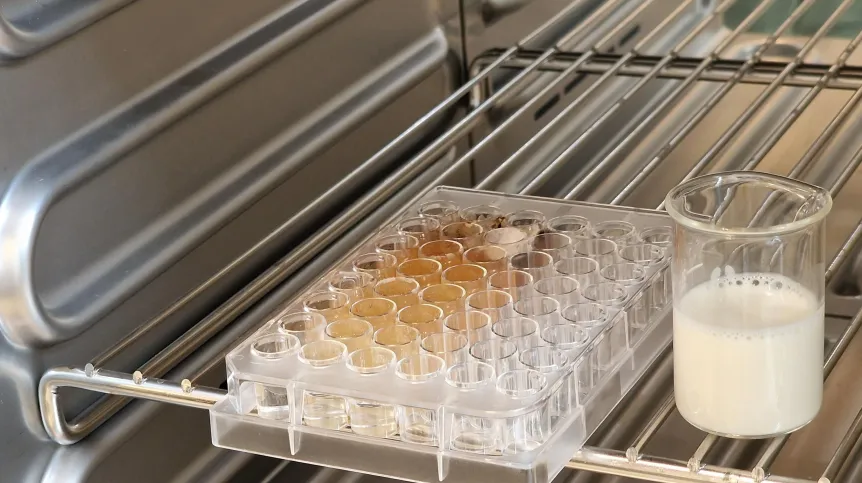
Scientists from Poland and Canada are working on an innovative hydrogel dressing for hard-to-heal wounds, containing camel and sheep milk.
'We think that the sheep and camel milk will be the element of the dressing that has the healing potential and will contribute to the regeneration of skin cells. The biomaterials we have developed may significantly improve the efficiency and comfort in treating patients with skin problems, especially diabetics', says team leader Dr Piotr Szatkowski from the AGH University of Science and Technology in Kraków.
In addition to AGH UST, scientists from Kraków’s Jagiellonian University and the University of Agriculture are working on the project. Consortium members from the University of British Columbia will perform specialized molecular studies to determine the bioactivity of the dressing. Then, the developed dressing will be submitted for a patent.
The project is financed with PLN 1.5 million by the Polish National Centre for Research and Development. Its implementation will take three years.
The first stage of the project is to prepare a hydrogel multilayer dressing model. A team from AGH UST is preparing for this task.
Scientists will obtain camel milk from a camel farm in Poland. The milk will first be lyophilised in -80 °C, which will protect the active substances contained in it from breaking down, maintaining their original form. 'It's a key stage. It’s important for the milk not to lose its valuable properties in thermal processing', Szatkowski says. Lyophilised milk will be the carrier of bioactive substances in hydrogel dressings consisting of three layers, and depending on the position of the layer relative to the wound, the amount of the milk liophilisate will be different.
Next, the researchers will perform a number of screening tests to biologically evaluate the dressing functionalised with active substances from sheep and camel milk. Another stage of tests includes cellular analyses to check whether the dressing has an effect on the cell viability and the wound’s confluency rate. (PAP)
PAP - Science in Poland
bko/ agt/ kap/
tr. RL













